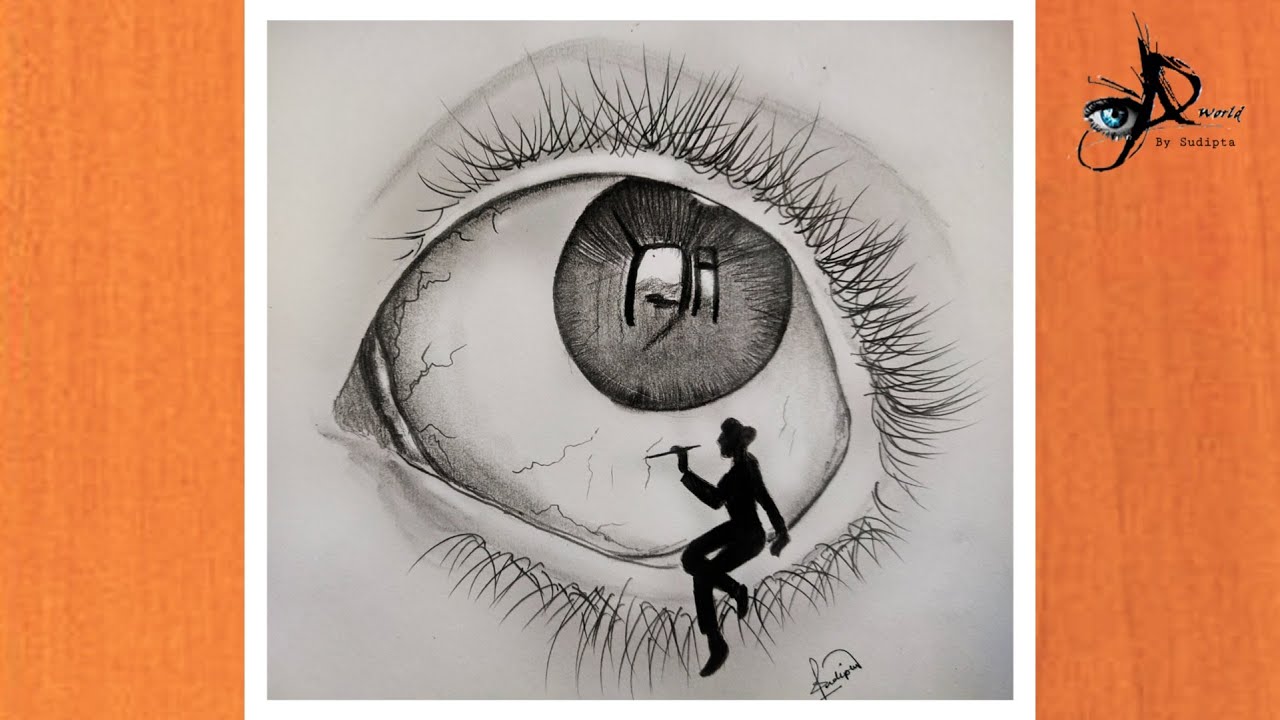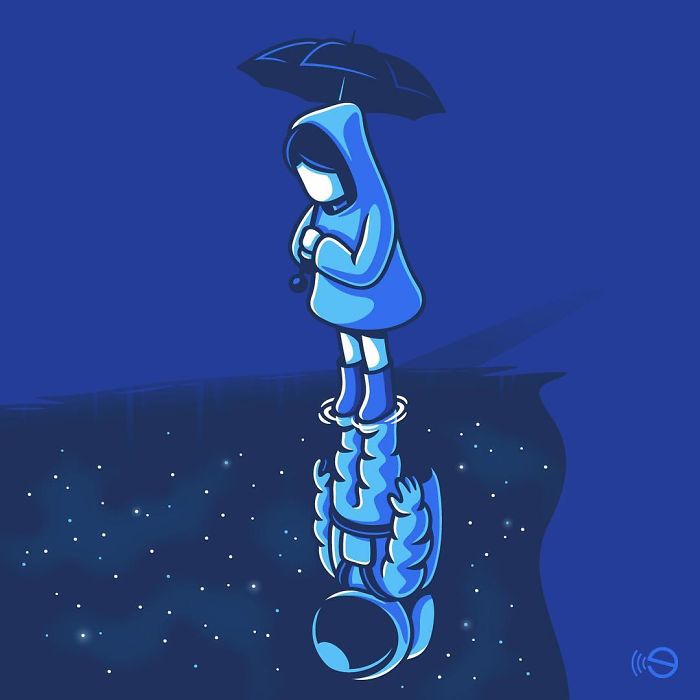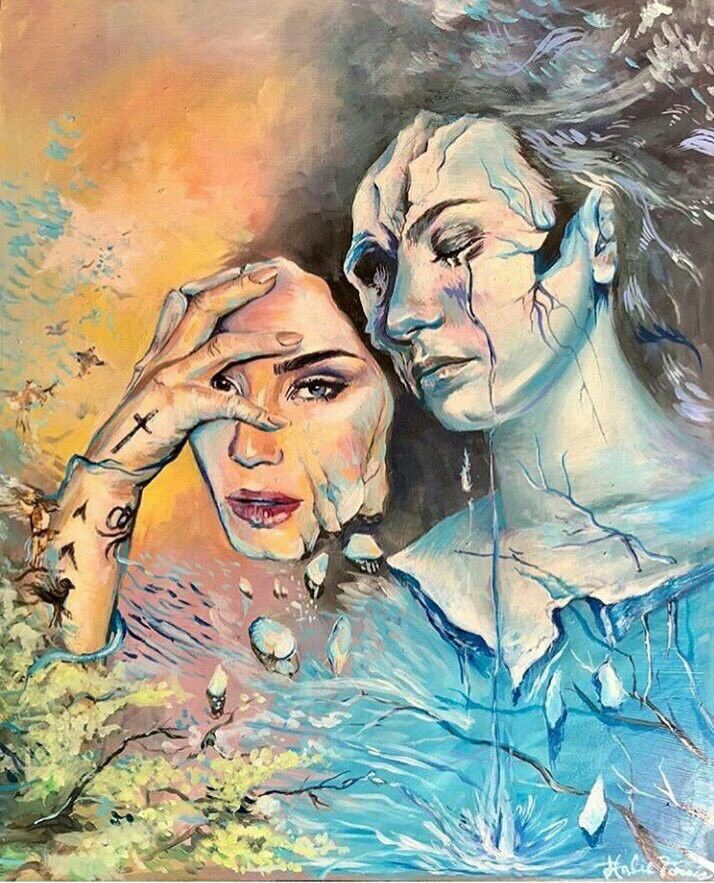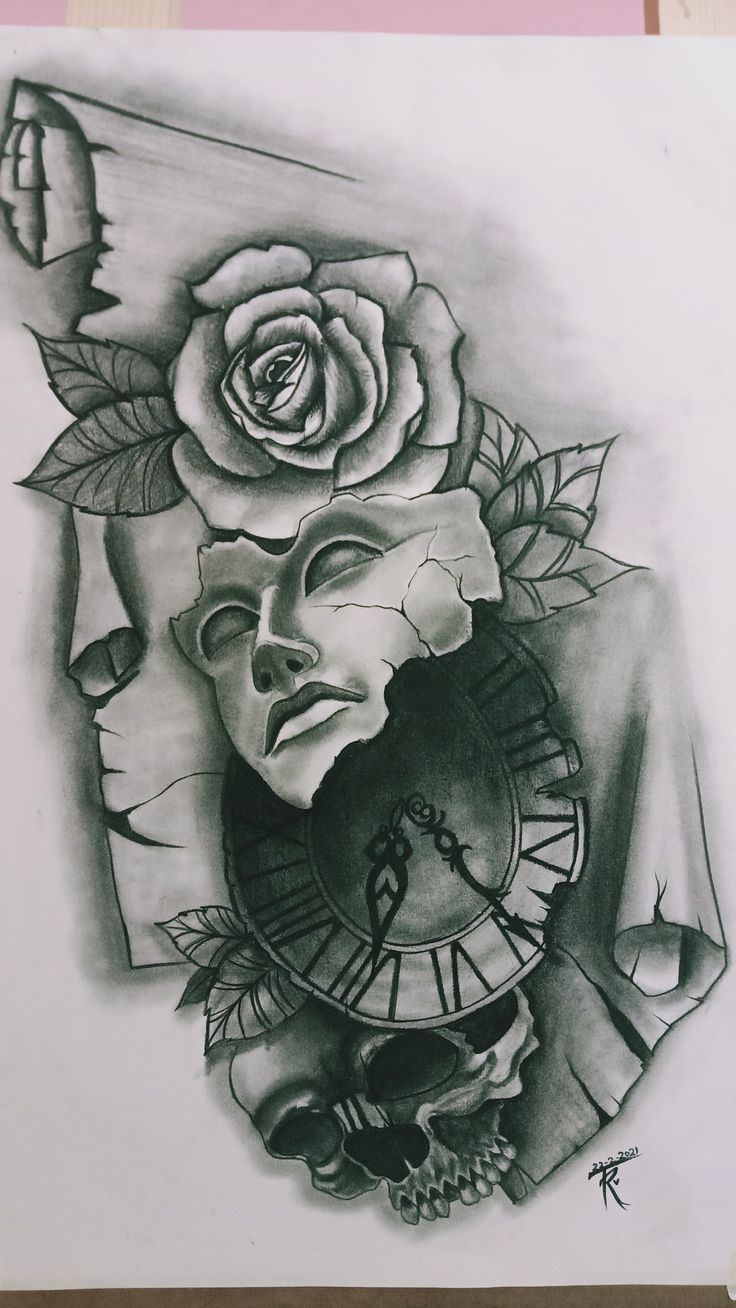Unveiling Hidden Meanings in Drawings: A Deeper Look

Unveiling the Secrets Within: Decoding Hidden Meanings in Drawings

Drawings, whether doodles, sketches, or masterpieces, often hold more than meets the eye. Beyond the surface lies a world of symbolism, emotion, and personal narrative waiting to be deciphered. Understanding these hidden meanings can deepen our appreciation for art and even reveal insights about the creator. Let’s embark on a journey to uncover the secrets within drawings.
The Language of Lines and Shapes

Every line, curve, and shape in a drawing carries significance. Geometric shapes like circles often symbolize unity and wholeness, while squares represent stability and structure. Organic shapes, on the other hand, can convey fluidity and freedom. Lines are equally expressive: bold, heavy lines might suggest strength or anger, whereas delicate, thin lines can imply fragility or calmness.
Color Psychology in Drawings

Color is a powerful tool for conveying emotions and ideas. Warm colors like red, orange, and yellow often evoke passion, energy, or warmth. Cool colors such as blue, green, and purple can symbolize tranquility, sadness, or mystery. A drawing dominated by monochromatic tones might reflect introspection or simplicity.
Symbolism and Cultural Context

Symbols in drawings can vary widely depending on cultural background. For instance, a snake might represent evil in Western cultures but wisdom in some Eastern traditions. Flowers often symbolize beauty and life, but specific types can carry unique meanings—roses for love, lilies for purity. Understanding cultural context is key to interpreting these symbols accurately.
Emotional Expression Through Composition

The composition of a drawing—how elements are arranged—can reveal emotional undertones. A centralized composition might indicate focus or intensity, while a decentralized layout could suggest chaos or freedom. Negative space can also convey hidden messages, often representing the unseen or subconscious.
Personal Narratives in Abstract Art
Abstract drawings, though seemingly random, often contain deeply personal narratives. Shapes, colors, and textures can represent emotions, experiences, or memories. For example, repetitive patterns might reflect obsession or routine, while chaotic arrangements could symbolize turmoil.
Decoding Children’s Drawings
Children’s drawings are particularly fascinating, offering a window into their minds. Placement of figures—such as a child drawing themselves smaller than others—can indicate self-perception. Use of color and detail can also reveal emotional states or developmental stages.
📌 Note: When interpreting drawings, especially abstract or personal ones, avoid jumping to conclusions. Context and the artist’s intent are crucial for accurate interpretation.
Tools and Techniques for Analysis
To delve deeper into the meanings of drawings, consider using these tools: - Art Therapy Techniques: Analyze drawings for emotional and psychological insights. - Symbolism Dictionaries: Reference guides for understanding common symbols. - Cultural Studies: Research cultural contexts to interpret symbols accurately.
Practical Tips for Interpretation
Here’s a checklist to guide your analysis: - Observe Details: Note colors, shapes, lines, and symbols. - Consider Context: Understand the artist’s background and culture. - Reflect on Emotions: Identify emotions conveyed through composition and color. - Ask Questions: Engage with the artist to gain deeper insights.
How can I interpret abstract drawings?
+Focus on colors, textures, and patterns. Consider the artist’s emotions and experiences for deeper insights.
What do repetitive patterns in drawings mean?
+Repetitive patterns can symbolize routine, obsession, or a need for order, depending on the context.
Can children’s drawings reveal their emotional state?
+Yes, details like figure placement, color usage, and level of detail can indicate a child’s emotions and self-perception.
By exploring the hidden meanings in drawings, we gain a deeper appreciation for the artistry and the artist’s inner world. Whether you’re analyzing a child’s doodle or a complex abstract piece, every drawing tells a story—you just need to know how to listen. art interpretation,symbolism in art,emotional expression in drawings,children’s art analysis,abstract art meaning.



